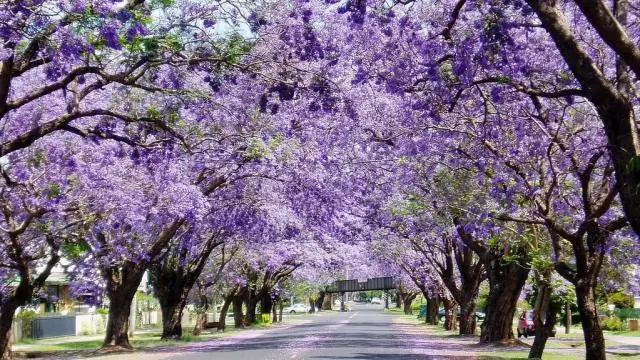
Table of contents:
- Author Bailey Albertson [email protected].
- Public 2023-12-17 12:53.
- Last modified 2025-01-23 12:41.
5 common mistakes that cause seedlings to stretch and become weak

Pleasant chores for every gardener - after the winter break, start planning the upcoming summer cottage season. It's time to start growing seedlings. In order for the expectation of an excellent result not to diverge from reality, it is important to take into account all the little things and avoid mistakes in the process of germination and care of the planting material.
Poor illumination
One of the main factors that can contribute to the weakening of seedlings is the short daylight hours in winter. The lack of light makes the seedlings stretch, the young sprout tends to rise instead of growing the root system.
The gardener's task is to provide the plant with the necessary amount of light. To do this, you need to organize an additional source of lighting. Experienced gardeners use phytolamps for this purpose. Fluorescent lamps or daylight appliances are also suitable. In February-March, daylight hours for young plants should be 16 hours. The first five days from the moment of emergence, lighting can be left around the clock.
Growing over a battery
During the heating season, we often face such a problem as dry indoor air. The hot and dry air makes seedlings grown on the windowsill grow faster, while stimulating the growth of the aerial part of the shoot. If you do not reduce the temperature in the apartment in a timely manner, the seedlings will quickly stretch out and fall. Be sure to humidify the air twice a day if you are growing crops over central heating or heating appliances.
Hardening strengthens crops well. To do this, take the container with seedlings to the balcony at night, and return it to the windowsill in the morning. When the air temperature on the balcony reaches stable readings at the level of 12-15 degrees, you can completely relocate the seedlings there.
Early landing
Try to keep the sowing time. It is a mistake to think that the earlier the seeds are sown, the faster the harvest can be taught. Overgrown seedlings take root much worse, as a result, you can lose about two weeks for its rooting. Pay attention to the recommendations for the sowing dates indicated on the seeds.
Tightness
The desire to sow more seeds makes you save space both in containers and on windowsills. Dense sowing in this case is not the best solution: very quickly the planting thickens, creating a shadow for itself. Sprouts literally begin to fight for a place in the sun, trying to outrun their "neighbor", which again leads to stretching. It is better to remove weak or diseased shoots, giving more space to stronger shoots. You can thin out the planting by picking if the plants already have 3-4 true leaves.
This method is suitable for tomatoes, basil. And it is better to sow peppers and eggplants immediately at a distance of at least 5 cm from each other or in separate containers - these crops do not tolerate transplantation and the slightest damage to the root. A good way to avoid shading is to plant in peat pellets; seedling cassettes are also suitable.
Deficiency of nutrients
Incorrectly selected soil leads to the fact that the sprouts lack nutrients, the greens become frail, the immune system weakens. It is better to purchase a suitable substrate in the garden center - all the necessary fertilizers have already been applied in the finished soil. But if you decide to use garden soil, add peat and sand to it, take care of timely feeding the seedlings. Nitrogen-potassium fertilizers, if used as the first feeding, will help to strengthen the immune system and make them resistant to diseases. Use superphosphate. Ash and humus will please peppers and tomatoes. Be sure to pay attention to the acidity of the soil: it must be neutral. Do not forget to loosen the soil mixture so that the roots of the plants get enough air and moisture.
Recommended:
Seedling Cucumbers At Home: When To Plant In According To The Lunar Calendar, Growing Methods, Rules Of Care

When and how to sow cucumber seeds to get seedlings on time at home, what techniques help in this matter, how to avoid offensive mistakes
Top 10 Facial Skin Care Mistakes

Major mistakes in facial skin care
Seedling Of Petunias At Home: When To Plant In According To The Lunar Calendar, Methods Of Growing, Rules Of Care

Do I need to grow petunia seedlings at home, what problems await, is it possible to overcome them
Types Of Seedling Diseases And How To Deal With Them

What dangers can lie in wait for your seedlings and how to deal with it
Portable Bed From The Seedling Box On The Balcony

How to make a portable garden bed for growing seedlings on the balcony. Personal experience in caring for peppers planted in boxes
